|
Also available on PlayStation 4, Xbox One, and PC Team Sonic Racing is Sumo's third attempt at making a Sonic kart racer following Sonic and All Stars Racing and the incredible follow-up, Sonic and All Stars Racing Transformed. Releasing a kart racer on PlayStation and Xbox is an obvious choice, but not many developers have the skills to take on Mario Kart on its home turf, and while I wouldn't say that Sumo was able to beat them, they definitely put up a good fight. Like Transformed before it, Team Sonic Racing manages to deliver a kart racer that is obviously inferior to Mario Kart but is, nonetheless, a fun and competent kart racer. Just as the transforming karts and tracks were the main gimmick in Sonic and All Stars Racing Transformed, the three person racing team mechanic is the main gimmick in Team Sonic Racing. Races consist of 12 racers broken into four teams of three. The main gameplay is like a standard individual race, but each place is assigned a certain amount of points. These points are tallied at the end of the race, and whatever team has the most points wins. You could, theoretically, win the race in the first place, but if your teammates finished 11th and 12th, respectively, your team would still lose. There are more subtle team aspects, too; the teammate in the highest position gets a glowing trail behind them that can give teammates a brief speed boost. You can also give held items that you don't need to teammates. Actions like these will fill your "Ultimate Team" gauge, and when it's full, you can activate your "Ultimate Team" power. This gives you and your two teammates a temporary speed boost and invulnerability. It's basically Star Power from Mario Kart. As I said, while Team Sonic Racing is a lot of fun, it's far inferior to its main rival on the Switch, Mario Kart 8 Deluxe. The main reasons for this, in my opinion, are the relatively limited track selection in comparison to Mario Kart 8, the relatively uninteresting tracks in comparison to Sonic and All Stars Racing Transformed, and the fact that the controls and mechanics just, overall, don't feel as polished as Mario Kart 8. Granted, the game retails for $20 less than Mario Kart 8 Deluxe, so it's fair with that in mind, but it's definitely a step down from Mario's latest kart outing. The exclusion of non-Sonic Sega characters was also a let-down for me as I really enjoyed getting to race as Ulala and BD Joe, but at least they include the vast majority of the Sonic series's characters. In terms of the game's visuals, it's a bit of a mixed bag. On the one hand, Team Sonic Racing on Switch looks MUCH better than Sonic and All Stars Racing Transformed looked on Wii U. On the other hand, it doesn't look as good as Mario Kart 8 Deluxe on Switch. It also doesn't perform nearly well; Mario Kart 8 Deluxe keeps a rock solid 60 FPS whereas Team Sonic Racing keeps an average 30 FPS with the occasional dip into mid 20s. Those frame rate dips aren't bad enough to ruin the gameplay, but it is noticeable, and given that the target is half of what Mario Kart 8 Deluxe delivers, the end result is a product that feels markedly less polished and less skillfully developed than Nintendo's recent kart racing masterpiece. The online play is...rough. I've heard that patches are in the works, but as it was at launch, it was a major challenge to get put into the same lobby as friends, it was nearly impossible to end up on the same team as friends if you did manage to get in the same lobby, and connection failures and disconnections were extremely common. The connection issues definitely seem to be decreasing in frequency, at least from my experience, but Sega definitely dropped the ball on the online play at launch, at least on Switch. Team Sonic Racing is a fun and competent kart racer, and if you're playing on PlayStation 4 or Xbox One, I'd recommend it would hesitation. On Switch, however, I don't really see much reason to buy Team Sonic Racing over Mario Kart 8. I mean, I bought both, and I can say pretty confidently that I'll almost never play Team Sonic Racing after this because Mario Kart 8 Deluxe is a thing that exists. On PC...I mean, it'a PC. Either play one of the ten billion racers for PC or use Dolphin to emulate Mario Kart Double Dash on Gamecube. And that's really the biggest downfall of Team Sonic Racing; it's a really fun game, but it's just not as good as the competition. As a result, there's just not much reason to play Team Sonic Racing over the other choices despite the legitimately high quality of this game. Nonetheless, however, judged on its own merits and not in comparison to other games of the genre, Sumo once again created an excellent kart racer that would make for a great multiplayer experience. My Rating - AXenosaga is the second game in the lengthy and fairly disjointed "Xeno" series after the PlayStation's Xenogears. The first Xenosaga game, subtitled "Der Wille zur Macht," is the first in the Xenosaga trilogy, each game in which is named after a book by German philosopher Frederick Nietzsche. "Der Wille zur Macht" translates to "The Will to Power," a concept Nietzsche described as the driving force behind humanity, the drive in humans to do more than simply subsist. It's clear that the game's director was influenced by Nietzsche's philosophical ideas, but the execution of translating those ideas into a video game is, like mankind itself, somewhat flawed. The basic story of Xenosaga revolves around Shion, a brilliant young engineer with the Vector corporation, and her anti-Gnosis combat android, KOS-MOS. What are the Gnosis, you might ask? That's a good question, and one that the game never really answers. The best it tells you is that they're creatures from another dimension that are made almost entirely of salt, normally have a non-corporeal existence in our dimension, and that either turn victims into piles of salt or into Gnosis upon contact. The Gnosis serve as the primary antagonists in the game, but they're by no means the only antagonists. You'll also fight the U-TIC organization (again, they're not really explained very well), occasionally Galaxy Federation troops and mechs, and more bosses than you can shake a stick at. To clarify before I go further, the story here isn't bad. It's just badly told. The rule of thumb with good storytelling is "Show, don't tell," but Xenosaga tries to tell a whole lot and doesn't even do it particularly well. It reminds me of my experience reading Joseph Conrad's novella "The Heart of Darkness" back in high school. It's not badly written, but it's so dense that you have to pay close attention to have any hope of keeping track of what's going on. Passive viewing here won't cut it and will only leave you saying "Wait, what the hell is happening?" Visually, the game is nice even if pretty standard for a 2003 release on the PlayStation 2. The PS2 in general has some pretty garbage video output and is atrocious in my opinion over composite video, but using YPbPr component cables usually cleans that up pretty nicely, and while there's still some text that can look a bit blurred, the game looks nice and clean over that superior A/V output. I actually found myself thinking "Man, I wish I had that early 2000s 480i skin." When was the last time you saw a blemish or pimple on the face of a PS2 JRPG character? Like the game's visuals, the game's soundtrack is quite nice and probably the best aspect of the game. The sound effects are well done, and the music composition is actually superb. Given the nice but largely par-for-the-course visuals and the overly convoluted story, I was expecting the music to sit solidly in "Okay" territory, but I found myself pleasantly surprised. What people will most remember about Xenosaga is the cutscenes. Seriously like a third of the game is cutscenes. I didn't time it myself, but according to Reddit and GameFAQs, Xenosaga Episode I contains literally more than eight HOURS of cutscenes. I'm normally a big fan of cutscenes, but it just gets excessive here. I found myself seriously bored after a cutscene hit the ten minute mark, and a LOT of them (if not the majority of them) went well past that. Fortunately you can pause the cutscenes, so no worries about "Damn, I really have to poop, but I have another three hours in this cutscene," but unfortunately, there's no option to fast forward. You can just skip the cut scenes entirely, but since that's how like 90% of the story is delivered, that's not really an option for a first playthrough. Xenosaga is definitely an interesting JRPG experience, and it's one I would recommend fans of the genre play through at least once, but it's definitely not one I can see myself replaying, and it's not one back on which I'll be looking particularly fondly down the line. It's dense, it's pedantic, it's poorly paced, the storytelling is dry, and while the combat is fun even if a bit simple, it's just a wholly average game all things considered. The pedantry and monolithic (no pun intended) cutscenes are the most memorable aspects of the game. It's worth playing for the experience, but I don't think it's worth replaying. My Rating - CAlso available on PlayStation 4, Xbox One, and Windows Shenmue is one of those legendary cult classic games that only comes along once in a generation. It is, however, a controversial game among gamers. It's a lot like the Hillary Clinton of Dreamcast games; people pretty much either love it or hate it with very little in-between. It saw a sequel release on Dreamcast, as well (unless you're an uncultured American like me who only had an Xbox release), but it was always intended to be a trilogy. With the untimely demise of the legendary Dreamcast at the hands of the woefully inferior Lamestation 2 (yeah, I said it. Come at me, bro), however, that trilogy would go forever unfinished...or would it? Due for release in late 2019 on PlayStation 4 and Windows, the saga will be brought to a conclusion at long last. In an effort to build some more excitement for the release, Sega released an upscaled HD collection of Shenmue and Shenmue II on PlayStation 4, Xbox One, and Windows, giving a new generation of gamers the opportunity to experience this timeless classic. Visually, Shenmue is fairly astounding if you consider the specs of the hardware it was designed to run on. The Dreamcast, while a very competent machine, was not a powerhouse especially by today's standards 20 years down the line. Despite that, though, the visuals in the game hold up remarkably well. The HD releases on PS4 and Xbox One especially highlight this since the textures aren't really changed at all. The only real graphical changes made in the rerelease was upping the resolution from 480p to 1080p. The fact that the textures still hold up fairly well with minimal polish is a testament to how well made the game was back during the Dreamcast's lifespan. Having played through Shenmue on both Dreamcast and PlayStation 4, I can assure fans that almost nothing is changed in the HD release. The visuals are polished up a bit ("a bit" being the operative phrase), and the content that relied on the online-connected Passport Disc in the Dreamcast original are automatically included, and you naturally don't have breaks for disc changes, but the actual game itself it exactly the same. You play as Ryo Hazuki on his quest to track down the Chinese mobster Lan Di and avenge his father's murder. This first game in the trilogy sees Ryo try to find clues to the identity of his father's killer, uncover the greater plot surrounding his father's death, and secure passage to Hong Kong to confront the wicked Lan Di. To do this, Ryo must gather information in what at the time of Shenmue's original release was hands down the deepest and most detailed open world that had yet appeared in a video game. The gameplay consist mostly of walking around the city, talking to NPCs, and gathering clues. You do have a time limit, but it's a LOOOOOONG time limit. Like, the game starts on December 3, and you have until the middle of April to finish before you auto fail. Even in my very first playthrough without a guide, I don't think I took into January. There are a handful of fights in the game, but those are definitely a fairly few and far between affair (until the end of the game, anyway), and I honestly wasn't particularly fond of the fighting. The controls felt stiff and awkward to me, and I ended up having more difficulty with the timing, the positioning, and the overall handling in the fights than I feel like I should have. The part of gameplay that seems most divisive, however, is the forklift section. Towards the end of the game, you get a job at a harbor driving a forklift. Every day during this section of the game follows the same basic format - complete a three lap forklift race, spend your day moving crates with the forklift, then investigate and try to find information about Lan Di. People seem to find the forklift work to be either cathartic and relaxing or painfully and frustratingly boring. I'm the former camp. The forklifts are honestly one of my favorite parts of the game. I can definitely understand how some might end up screaming "GET ON WITH IT" throughout this segment of the game. In addition to the actual main game, there are a few minigames that you can play in Shenmue. There are Space Harrier and Outrun machines that you can play, but there's also my personal favorite minigame (and the one that most players tend to hate), ExciteQTE. It's literally just a QTE game where you see how many QTE prompts you can get through without messing up three times. Most people hate QTEs, but for some reason, I've always enjoyed them. I'm not particularly good at them, per se, but something about them always just scratched an itch for me. ExciteQTE does serve an important purpose, though. There aren't too many mandatory QTEs in the game, but there are a few, and they pick up a lot in frequency towards the end of the game. If you're not particularly good at QTEs, then it might be worth playing a few rounds of ExciteQTE to get a feel for the game's QTEs inputs and the timing. Shenmue is not a game for everyone. I'd hazard a guess that the majority of gamers won't be particularly ensnared by the game's relatively slow pace and methodical investigation-driven storytelling. It is, however, an absolutely legendary game that is to be respected and revered even if not personally enjoyed. I absolutely love Shenmue and am proud to say that I was one of the Shenmue III backers who helped crash Kickstarter within five minutes of Sony's announcement several years ago, and I pre-ordered the HD collection of the first two games on PlayStation 4 as soon as it was announced. Very few games, especially at the turn of the century, told stories quite the way that Shenmue does, and while there are certainly aspects of the game that have aged poorly and feel odd and out of place with modern gaming conventions, it's still a game that I have absolutely no problem recommending to people at least to try. My Rating - BEarth Defense Force is a series that has a VERY special place in my heart. It's like the SyFy movie of video games; it's completely ridiculous from premise to execution, and you have no idea how they make enough money to break even let alone justify an entire series, and yet lo and behold, game after game comes out. At its core, every EDF game is pretty much the same. They're all third person shooters in which you play as a generic soldier with mercifully unlimited ammo as you massacre thousands of giant insects sent by an alien force to invader the conquer the Earth. Not only is the concept the same throughout the series, but like half of the games are just remakes of each other anyway. Has that ever stopped me from buying every single one my greedy little eyes behold? Not a chance. Iron Rain is a little bit different from other EDF games, and I attribute that largely to the fact that this is the first game in the series to be developed by Yuke's. Iron Rain is, in a lot of ways, like a reboot for the EDF series. It changes up a lot of the gameplay mechanics to make things feel more customizable, more modern, and more accessible while still keeping it feeling distinctly EDF. It's still a third person shooter, but it's a very different feeling EDF. First and foremost, there are a TON of customization options with your player character. You can choose between male or female, obviously, but you can also tweak certain aspects of the appearance beyond that - height, bust, etc. There are a variety of hair styles and voices from which to choose as well as a TON of outfits. Want your avatar in standard EDF military fatigues? No problem. Want your avatar in a cleavage-heavy blouse and mini skirt? This is your game. Want your avatar in Daisy Dukes and a tight fitting tshirt? Look no further. It doesn't stop there, though; not only do you have a lot of variety in the types of outfits your character can rock, but they all have eight different color patterns so that you can mix and match to your heart's desire. Continuing with the "It's basically a reboot" theme, the story of Iron Rain is unrelated to the previous games, essentially taking place in a separate universe. Rather than being based around an attack in 2017 and another attack in 2025, Iron Rain is set seven years after an initial attack between which there was tense period of relative stillness wherein the Aggressors (the giant insects) were present on Earth but seemingly holding the territory they'd taken rather than actively expanding. The other thing that sets the story apart (aside from the obvious fact of being an alternate universe) is that it takes itself a lot more serious than most EDF games. That's not to say that the game totally takes itself seriously - after all, you're still fighting thirty foot tall spiders - but the character dialogue and the way the story's told maintain a more serious tone throughout, the few comic relief moments notwithstanding. Stylistically, the game is most similar to Earth Defense Force: Insect Armageddon with its plot unrelated to the main series and more serious tone. It manages to avoid one of the common complaints with Insect Armageddon, though - the length. Insect Armageddon only had 15 levels - a far cry from the series norm of having five or six dozen levels. Iron Rain, on the other hand, has 52 levels - still a little shorter than most EDF games but a respectable length nonetheless. The game's campaign can, of course, be played multiplayer in addition to a few specifically multiplayer game modes. Each of the game's missions has multiple difficulty settings which affect the quality of the weapons you can unlock, giving the game a large amount of replayability. Earth Defense Force has, from the first mission I played in Earth Defense Force 2017 years ago, been one of my favorite game series, and Iron Rain takes that formula and almost perfects it. It's definitely the best game in the series so far, and I don't think I've ever seen so wholly satisfied with an arcade-y game as I am with this one. It's the best performing game in the series with only a couple of mild frame rate drops (whereas most games in the series are known for the truly abysmal frame rates), it looks great considering the series's low-budget origins, and most importantly, it's fun and addicting to play. "One more mission" usually turned into three, four, or five more before I realized what had happened. The series rarely gets much attention in the West in gaming discussions, but if any game in series deserves attention worldwide, it's this one. If you have a PlayStation 4 and like a fun, goofy good time, you need to look into Earth Defense Force: Iron Rain. My Rating - AAlso available on Switch, PlayStation Vita, Xbox One, Linux, OSX, and Windows Timespinner is a game I've had a handful of friends urging me to play for a good while. I'm normally not the biggest fan of Metroidvania style games, but I have to admit, this one is truly fantastic. I've never had a problem with Metroidvania games, but as a style, it just doesn't usually do it for me. Timespinner, however, is just a brilliant game from start to finish. You play as this top-tier waifu chick with blue hair name Lunais who's part of a clan that guards a chronomantic relic called the Timespinner. This clan trains people called Time Messengers whose job is to use the Timespinner to travel to the past to warn the clan about some catastrophe so that they might avoid it. As tensions with a stellar empire attempting to colonize their planet further deteriorate, these Time Messengers have become more and more important, and at the game's start, your character is officially named the newest Time Messenger. Then plot progression happens, and you set off on a quest to kill the emperor all by yourself to avenge your slain clan. Timespinner is actually set over two time periods. It takes places in the same area but partly around the same time as the prologue and partly a millennium in the past. Once you reach a certain point in the game, you travel between the two time periods from portals scattered throughout the world. During your adventure, you're armed with two weapons, a pair of close range orbs for bashing enemies and a magic attack based on your orb for foes at longer range. As you explore, you help a stranded raiding party trapped behind enemy lines 1000 years in the past as well as a library in the imperial capital in the present as you investigate what happened in the past and what changed in the present as a result of your actions in the past. Mechanically, the game is superb. The controls, both for movement and attack, feel crisp at responsive at all times. The platforming is sublime with only one instance I found to be more annoying than fun. There are numerous orbs that can be collected for use in combat, and each of those orbs can be upgraded to improve their combat ability, crafted into rings for passive benefits, or crafted into necklaces to unlock new magical attacks. The variety of loadout options as well as the relatively short playthrough time and multiple endings in the game create a good bit of replay value. If you find the game too easy, there's a hard difficulty, and if you're fond of speedruns, there's a speedrun mode so you can try to beat your best time. All things said, there's pretty much something for everyone here. Timespinner is a fantastic game with a compelling narrative, a beautifully crafted world, and addicting gameplay. The story, revolving mainly around imperialism and the moral ambiguity of independence movements and despotism, is somewhat slow to get going, but once the world building starts to unfold, it's an intriguing plot. The game's cast of characters are wonderfully diverse, but unlike most games, they don't really make a big deal of it. Some characters are gay, and you just find that out in passing dialogue. They're not like J.K. Rowling on Twitter going "HEY GUYS, DID YOU KNOW THAT THIS CHARACTER IS GAY?!?" They do the same with an asexual character, a transgender character, etc. With the importance of representation in games so paramount as time goes on, that kind of thing gets some major props from me even though I'm a white cisgender straight male, the most over-represented demographic there is in gaming. Long story short, this is one of those games that comes along once every few years that really does stand out as something special, and y'all are doing yourselves a major disservice by skipping out on it. My Rating - SAlso available on Xbox One and Windows Battlefield V was a controversial game upon release to say the least. Fans of multiplayer criticized the game for focusing too much on the single player. Fans of single player criticized the game for focusing too much on multiplayer. History buffs criticized the game for being inaccurate. Misogynists criticized the game for featuring women on the battlefield. With all of that, I wasn't too sure what to expect when I started Battlefield V, but fortunately for me, I don't really agree with much of the criticism at all and ended up having a fantastic time. If I were going to agree with any of the criticism, it would be that the game DOES have some historical inaccuracies. For the most part, however, these inaccuracies are creative decisions. The whole point of Battlefield V's campaign is the "untold stories" of World War II. One of the missions has you assume the role of a young Norwegian woman in the Resistance. One has you play as Senegalese soldier fighting for France and encountering European racism for the first time. One - and my personal favorite - has you assume control of a German Tiger commander at the end of the war struggling between his obligation to carry out his duty and the knowledge that the war is lost and his country has committed unforgivable sins. When I first saw that you played as a German commander, I was a bit uneasy. Are they going to try to portray the Germans as somehow less guilty of horrific war crimes? Are they going to just have the player do horrible things to reinforce the point that Nazis are history's shittiest people? Fortunately, however, they didn't do either. They managed to humanize the Germans without sanitizing them. The four characters in the campaign each represent the major archetypes of soldiers. Your character, the commander, is, as I said, struggling with doing his duty despite knowing his country is wrong. The driver is jaded and disillusioned, bitter from the horrific things his people have done in a war they can't win. The gunner is the patriotic party-line toting loyalist who executes traitors without mercy and never questions Germany's righteousness. The loader is the terrified, young recruit who doesn't know what to do, who to believe, or what to trust. They never try to suggest that Germany was right in this war, though, and that's a relief. My biggest complaint with the game as far as historical inaccuracies go is their refusal to use the swastika. They make mention of the swastika as a metaphor for German control, but they never use it actually in-game. Everything from uniforms to tanks to symbols on banners in Germany all uses the Iron Cross; there's not a swastika to be seen. Obviously the use of the Iron Cross isn't a problem; it was still a symbol wide used throughout Germany during the war. The problem is the use of the Iron Cross to the total exclusion of the swastika because that is a big point of historical inaccuracy. The Nazis put the swastika up all over Germany. That probably wouldn't bother most people, but as a history teacher, that kind of erasure REALLY irks me. I never played the multiplayer as it's just not a feature that really interests me that much, but as for the gameplay in the single player, I was pretty satisfied. I've read that there were a lot of complaints about the accuracy of the weapon models in the game, but while I am a history major, I'm not a gun nut, so I can't speak for how accurate and appropriate the weapon models are. The aiming seemed pretty well polished and responsive, weapons were well detailed, and the firing sound effects are full bodied and satisfying. The vehicular combat, while fairly limited in most of the single player, is extremely gratifying. Battlefield V is definitely not one of the better efforts in the series, but it's still a good bit of fun if you're a fan of World War II shooters. It's definitely not as good as Battlefield 1 was, and it's certainly not the WW2 glory of yesteryear's Battlefield 1942, but the single player is a good experience, and it tells stories that you're not likely to see told elsewhere. That alone won the game some major points in my book considering that I play games for the stories they tell and the experiences they provide. I wouldn't pay any more than $20 for Battlefield V, but if you can find it for that price or less, definitely give it a play. My Rating - BAlso available on PlayStation 3, PlayStation 4, Xbox 360, Xbox One, and Windows Dragon's Dogma: Dark Arisen is actually an enhanced re-release of Capcom's original title in the IP, Dragon's Dogma. Joshua Michael French, founder the venerable #SwitchCorps, took it upon himself to serve essentially as an unpaid one-man marketing army for the Switch port of Dragon's Dogma by plugging the game HARD on his Twitter, encouraging other Switch enthusiasts to buy it, and even starting a pretty massive DM group on Twitter for those of us playing through the game on Switch. Dark Arisen places you in the role of the Arisen, a man (or woman) killed by an eldritch dragon when it plucks the beating heart from your chest. You're allowed a chance to live, however, and have a chance at revenge and reclaiming your stolen heart. To slay the dragon, reclaim your life, and save the realm, you'll need the help of powerful allies. To this end, you gain the services of the Pawns, a group of beings from another realm with no real will or motivations of their own aside from serving the Arisen. With Pawns at your side, you set off on your journey to slay the dragon and, along the way, help the people of Gransys though quests as superficial as bringing medicinal herbs to help an overconfident explorer to quests as dire as uncovering and thwarting the plot of a treasonous doomsday cult. What you won't experience in Dragon's Dogma, however, is a feeling of having nothing to do. The world the game creates is probably its greatest strength. The interaction with NPCs, the Pawns wandering throughout the fields, and monsters and human NPC foes that you can encounter in the field all give the game world a truly lived in feel. The game's main quest is compelling enough, but the side quests that shed light on the corruption within the capital of Gran Soren and the political intrigue going on throughout the duchy in spite of the threat from the dragon are what really set Dragon's Dogma apart of the multitude of "generic fantasy setting" games. The game does have some flaws, though. The biggest flaw in my opinion is that the pop-in with NPCs and environmental features is egregious. You'll be running through the field and watching trees and bushes endlessly pop into existence in front of you. Part of this is, of course, due to the limitations of the Switch hardware, but even so, pop in to this degree is something I never once encountered in Skyrim or Breath of the Wild. The controls, as well, could stand some improvement as they end up feeling a little clunky although not to the extent that some practice can't overcome. The game also includes a lot of escort quests. Fortunately these are all optional, and your ward will typically find you no matter how far ahead you get, but the AI for these escorts is abysmal. If you're walking through the field and encounter a dragon, rather than run the opposite direction like a rational unarmed townswoman, your ward will instead just kind of stand there as if inviting the dragon to tea. Dragon's Dogma: Dark Arisen looks at first glance like just another generic fantasy game, but those willing to put in the time will discover that it's actually a strong and compelling experience in its own right. Playing a cross between Dark Souls, Monster Hunter, and The Witcher, Dragon's Dogma feels simultaneously both familiar and new, a balance that few games these days manage to strike efficiently. A couple different difficulty settings are available to make the game approachable to players of different skill levels, and if a challenge seems insurmountable, some level grinding, equipment upgrading, or Pawn team changes is all that's needed to gain an edge in battle. I have to admit that I was skeptical when I began, but what I found once I got into the game, I was pleasantly surprised by what I found. My Rating - AAlso available on PlayStation 4, Xbox One, and Windows Every now and then, a game comes along that defies all of your expectations. Wargroove is one such game for me. This game hits three items on my "Shit That Makes A Game Great" checklist - a strong female protagonist, solid strategy gameplay, and a dog. The last one, obviously, is the most important; at no point has there ever been a game featuring a dog that I didn't love. Not only does Wargroove have a dog, but the dog is a general who inspires his troops to feats of valor and justice with this stalwart bravery and his floofy charisma. Truly Caesar exemplifies the best that pupperkind has to offer. If you've ever played Advance Wars or Famicom Wars, then you basically know how Wargroove plays already. I've seen a lot of people draw comparisons online with Fire Emblem, and that makes sense given that Fire Emblem is more popular than Advance Wars in the West these days, but Fire Emblem is really not the best comparison because it's not an SRPG. Your units don't level up, and aside from the commanders, they don't have unique names or personalities. You do, however, get to build up resources every turn and create new units and take cities and shit like Advance Wars. The way I've described Wargroove to friends is the gameplay of Advance Wars crossed with the basic setting of Fire Emblem crossed with the humor of slapstick comedy. There are a couple different of game modes in Wargroove. In addition to the campaign, you've got the standard multiplayer as well as a sort of survival thing called "arcade mode" where you have to pick a commander and clear five random maps in a row. The last game mode is a puzzle mode where you're given one turn to complete a certain objective - usually either defeat an enemy commander or get a specific unit to a specific spot on the map. Puzzle mode proved more frustrating than fun for me although I can definitely see how folks fonder of problem-solving type games would love that game mode. With the multiplayer mode, however, there is a map editor so you can create your own scenarios. It actually reminds me a lot of the scenario creator in Age of Empires II from way back in the day. The story of the game isn't really the highlight here as it's pretty standard. The main character is the princess of this kingdom called Cherrystone, and then this skeleton army invades, and the whole story from there is pretty much exactly what you'd expect - run away, meet up with allies, counter-attack, discover plot device, save the world, etc, etc. What keeps the story interesting isn't the story itself but rather the characters and how they're developed over the course of the story. I can't say that I loved all of the characters in Wargroove's cast, but I definitely found the vast majority to be quite likable and endearing. Especially Caesar. 15/10 best boy. Wargroove doesn't reinvent the wheel when it comes to turn-based strategy gameplay, but it still does the genre extremely well. The units are well balanced to counter one another, the characters in the story mode are likable and well developed, and the visuals are bright, colorful, and well detailed despite the pixel art style. Perhaps the best detail of the game, however, is its approachability. Wargroove's difficulty is fully customizable even beyond the handful of difficulty setting with sliders allowing players to set to their liking the rate of resource income, damage taken, and the speed at which the generals' special abilities charge. This means that the game can be enjoyed by those who've never played a game like this before as well those who've beaten every game the genre has to offer. In a time when most games seem to handle difficulty by making the whole thing mind-numbingly easy or brutally difficult, the extent of customization that Wargroove's difficulty settings provide is a welcome change of pace. This is a definite must-own for Switch gamers even if it is sadly only available digitally. My Rating - A |
I'm a teacher.And I like to play video games. I like to collect video games. I like to talk about video games, and I like to write about video games. During the day, I teach high school history; during the night, I spend my spare time gaming. Then I write about it. Archives
July 2024
|
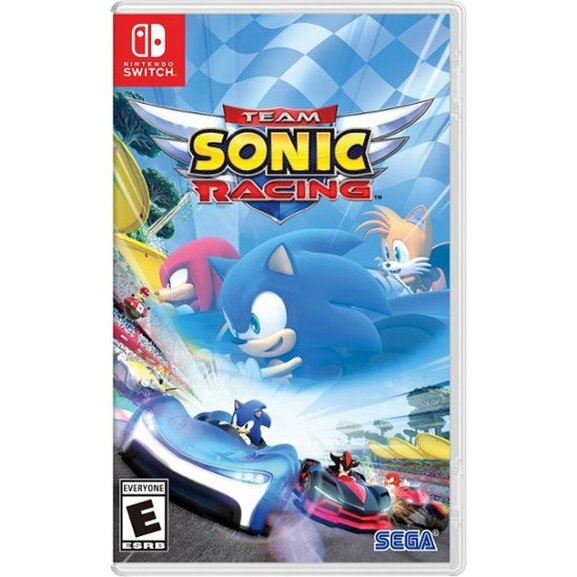
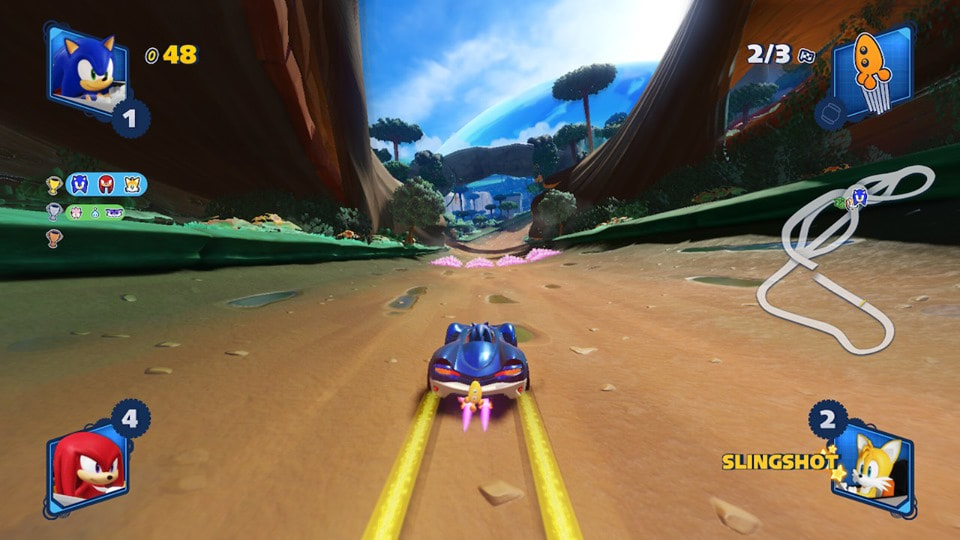
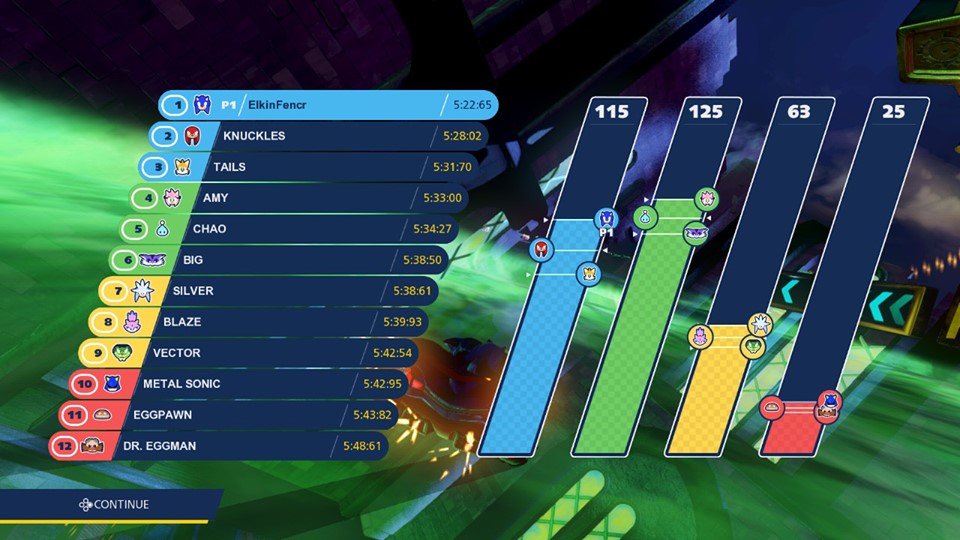
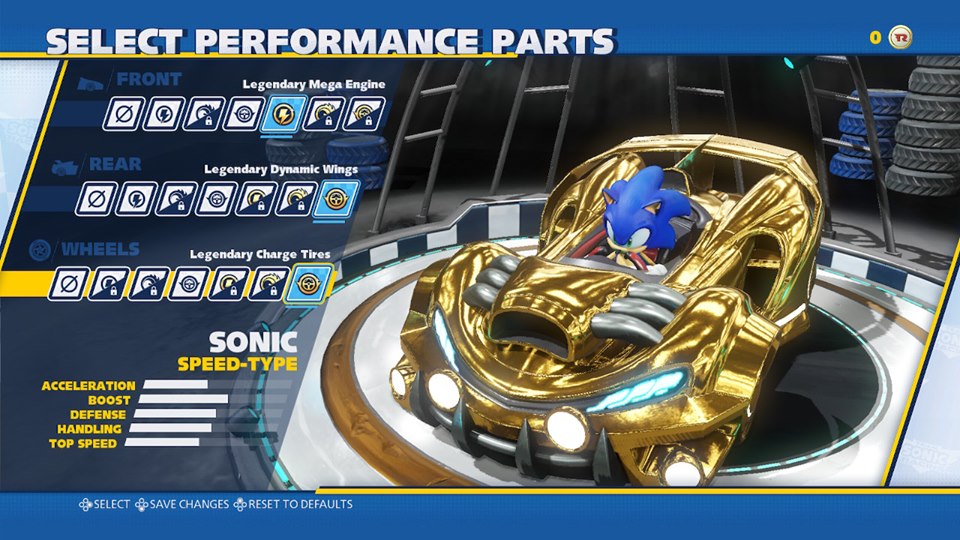
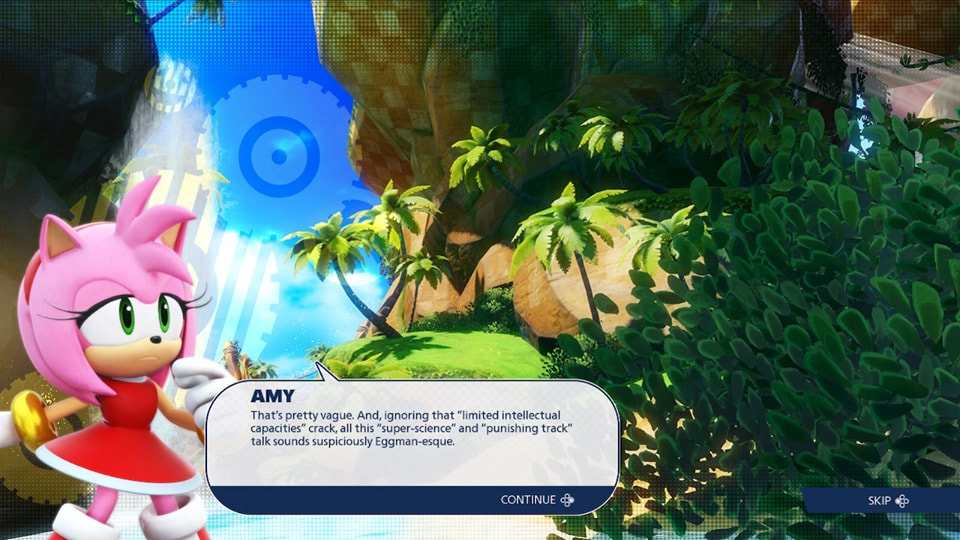
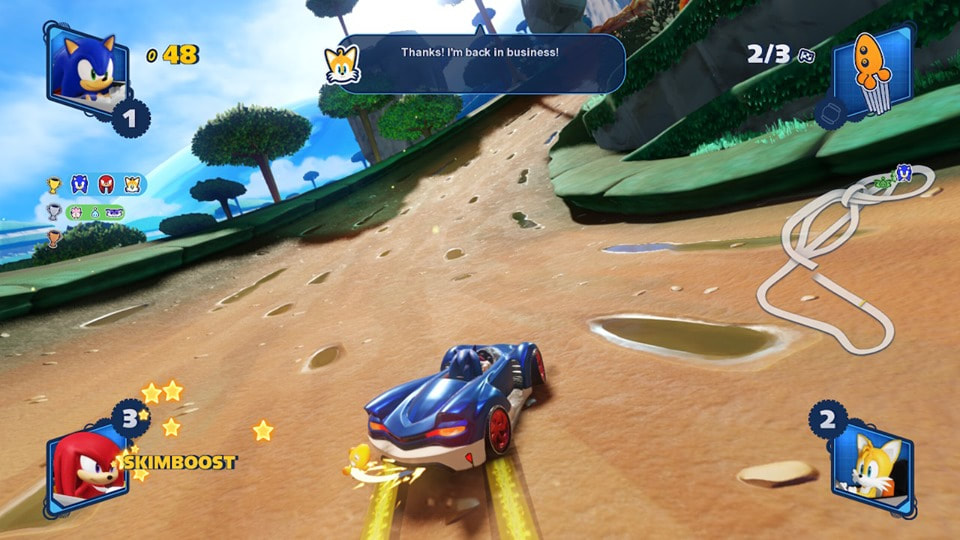

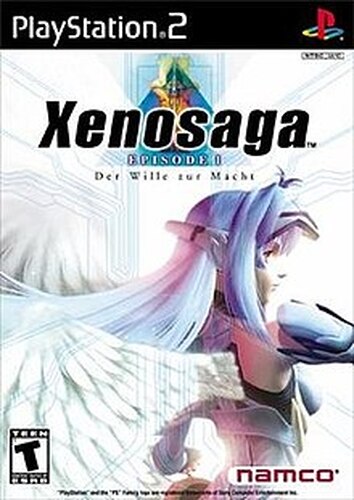
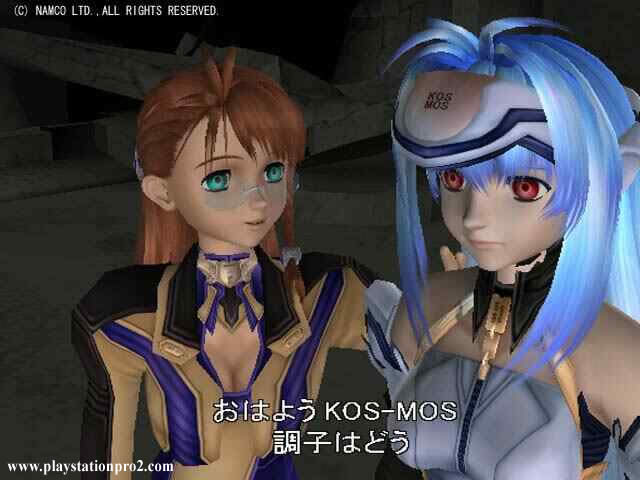
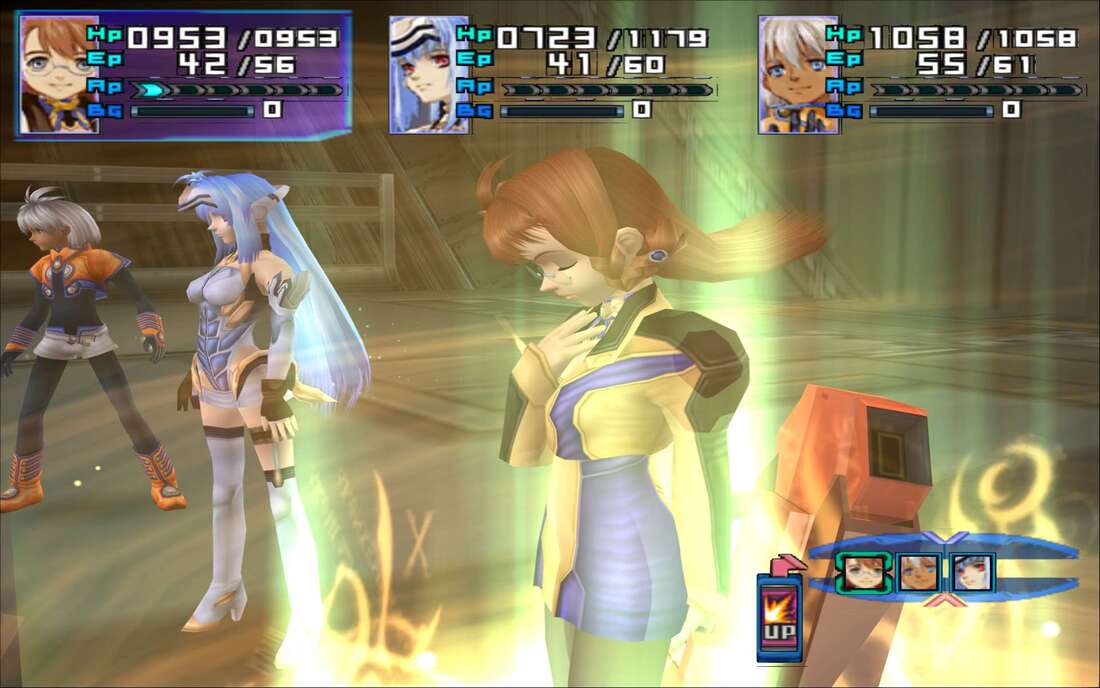
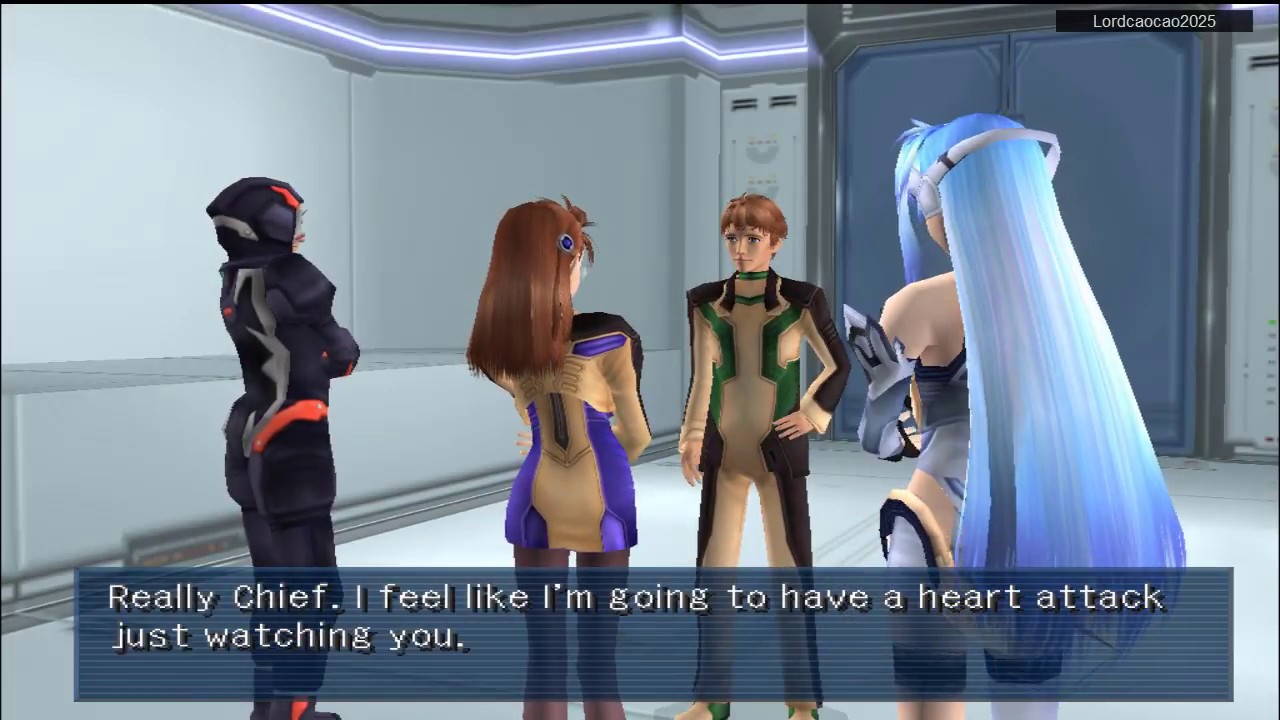
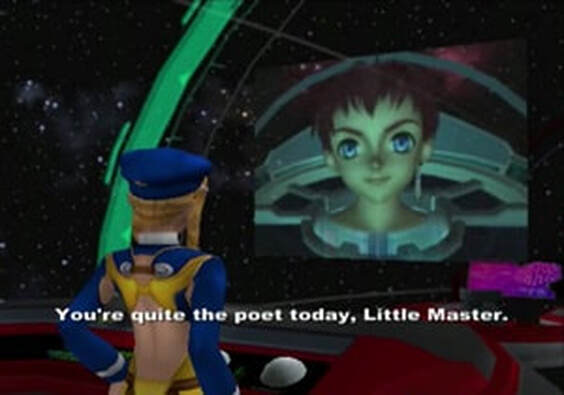

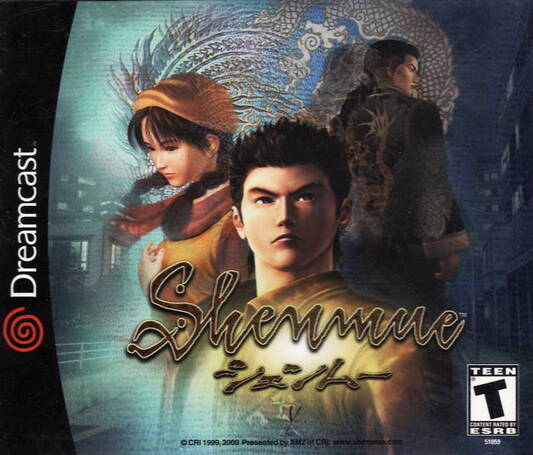
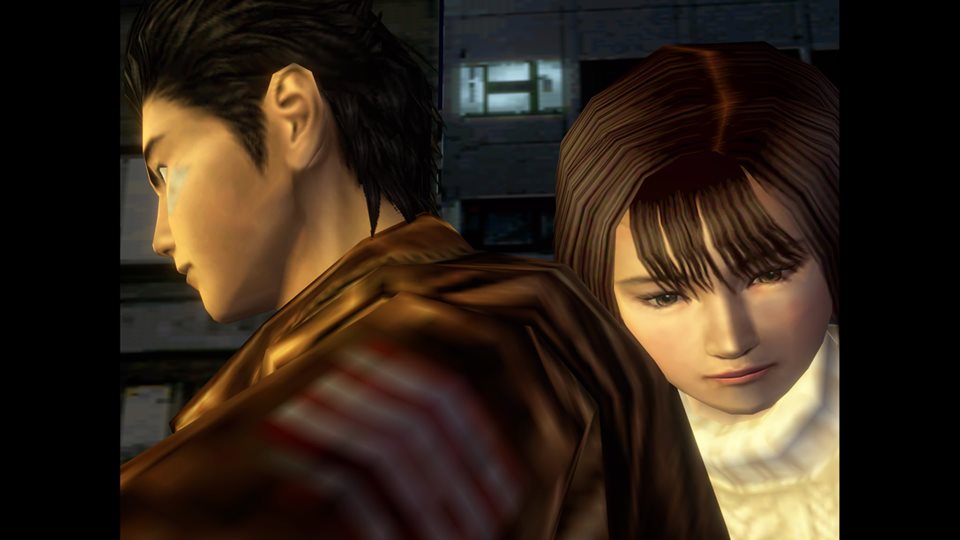
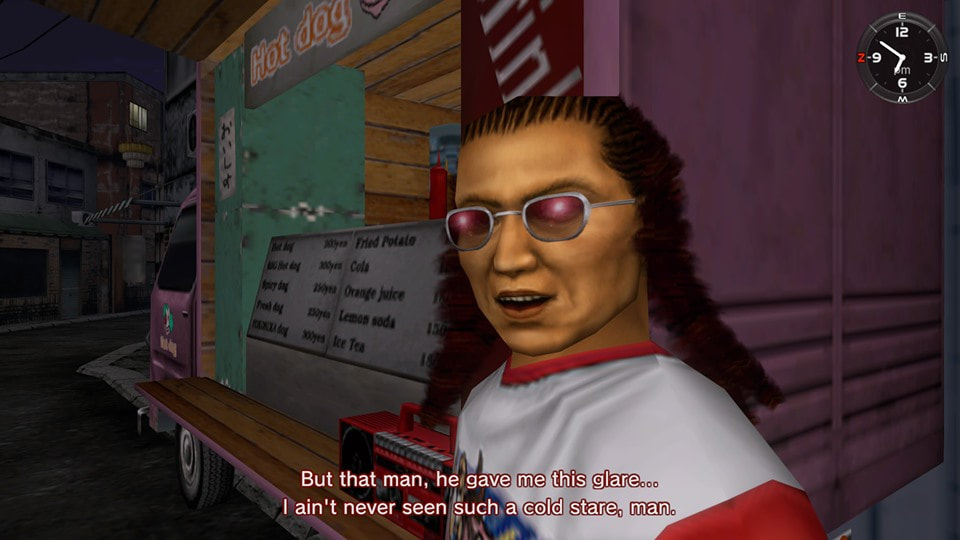
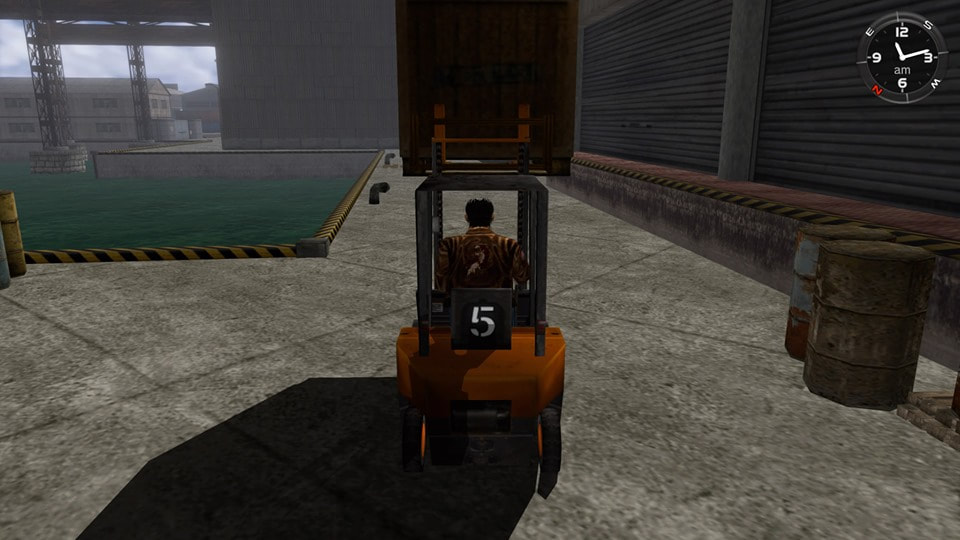
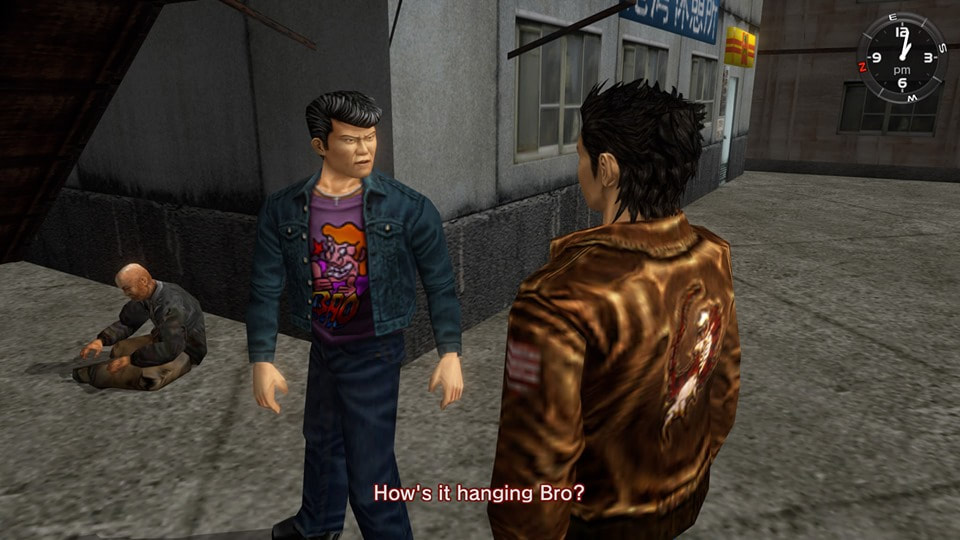
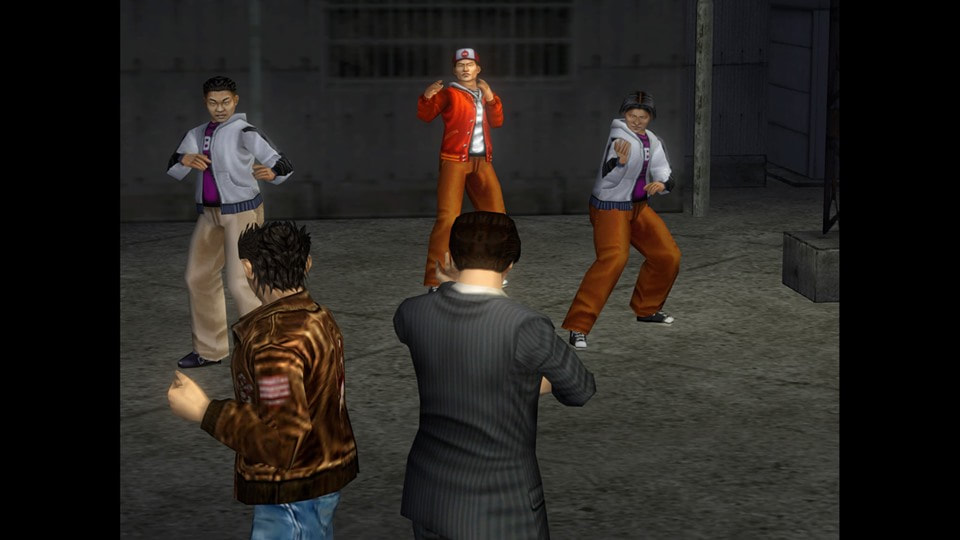

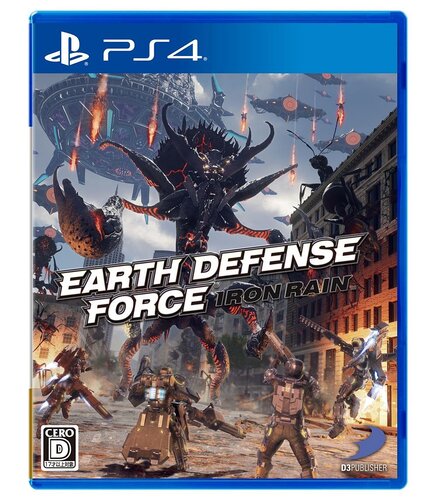
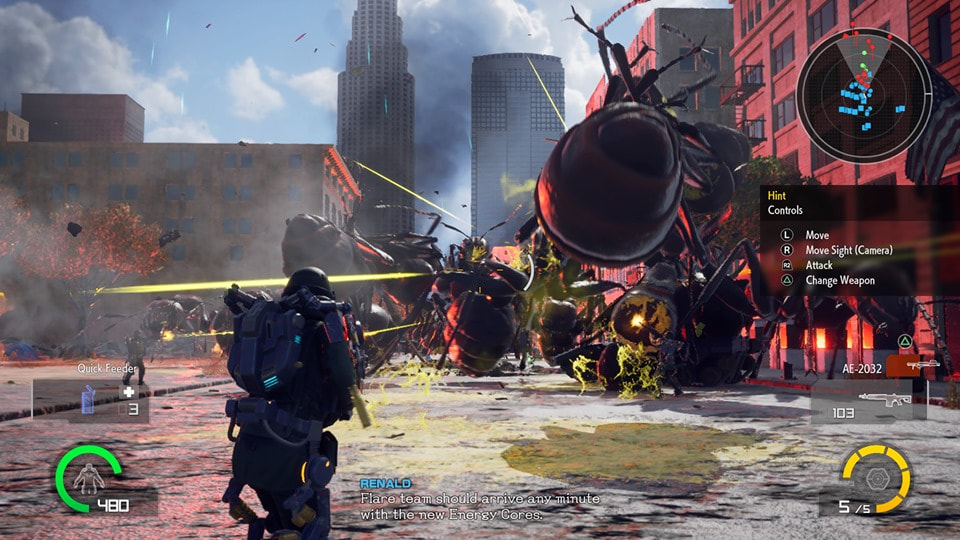
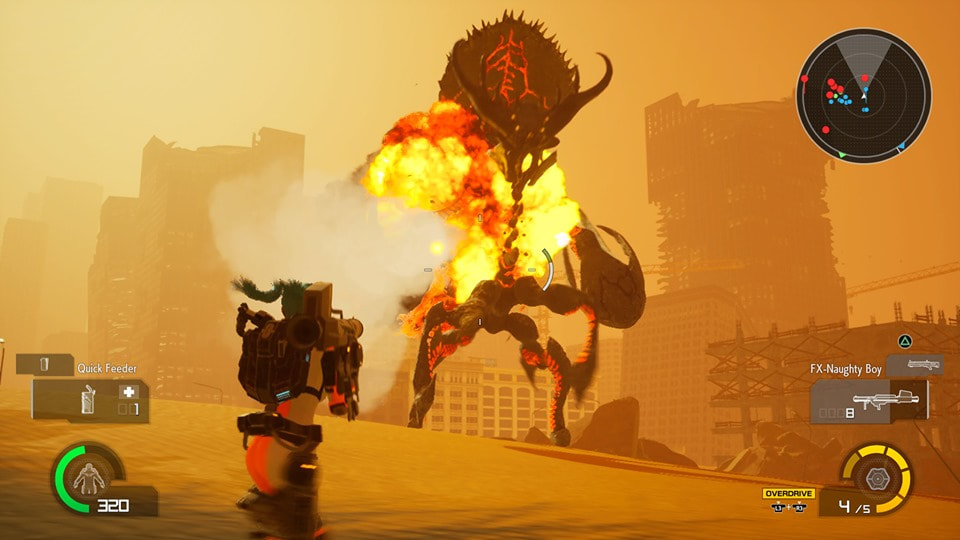
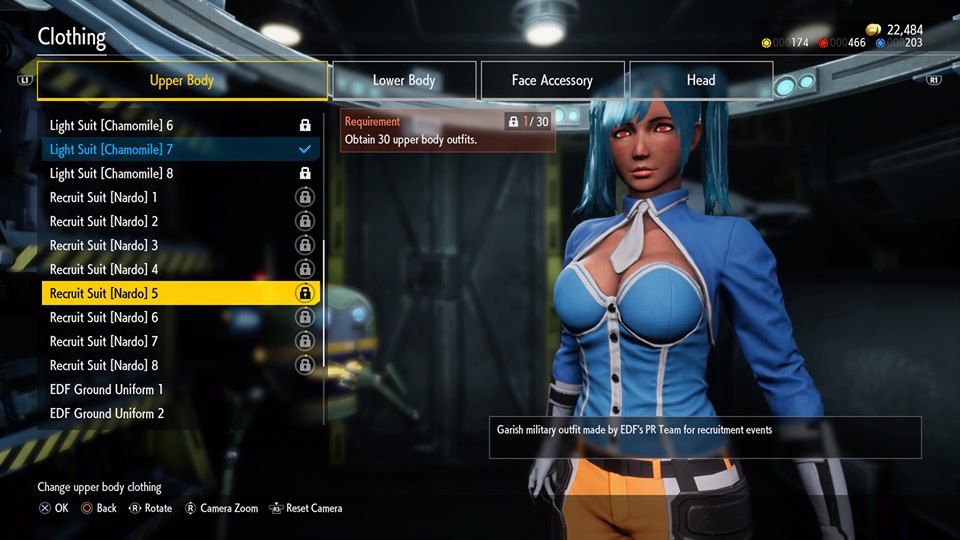
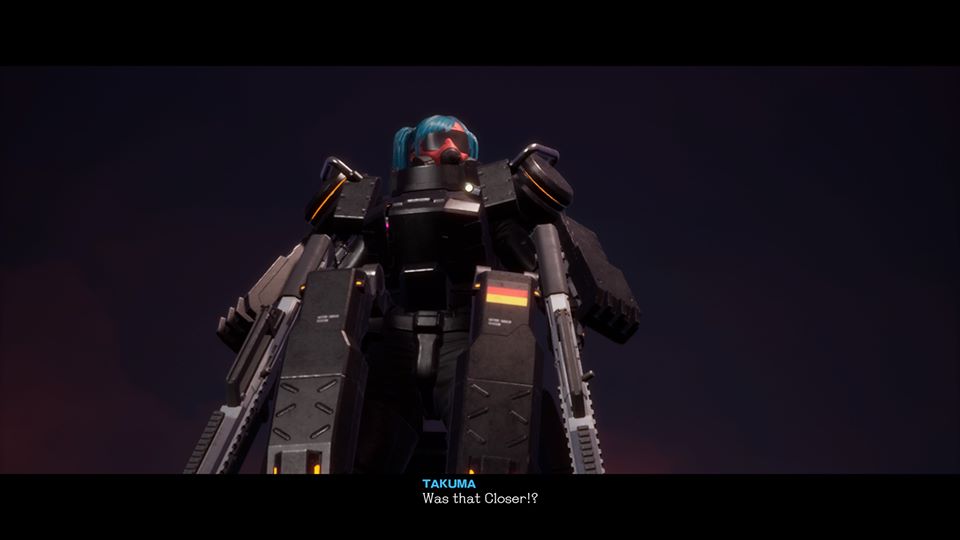

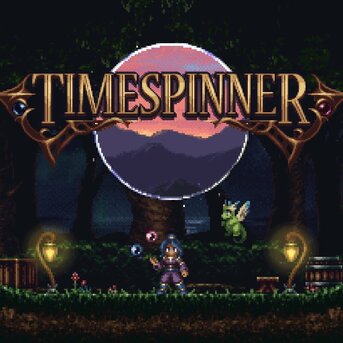
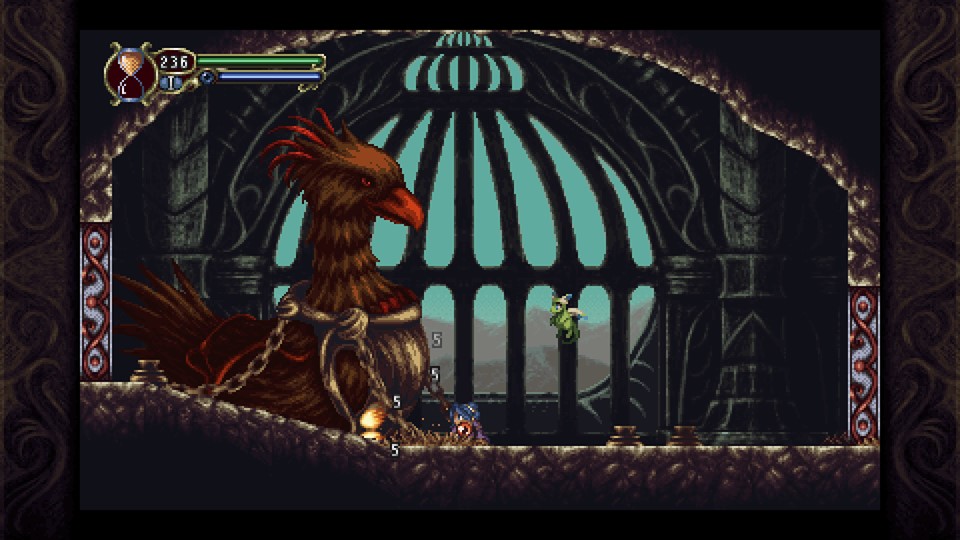
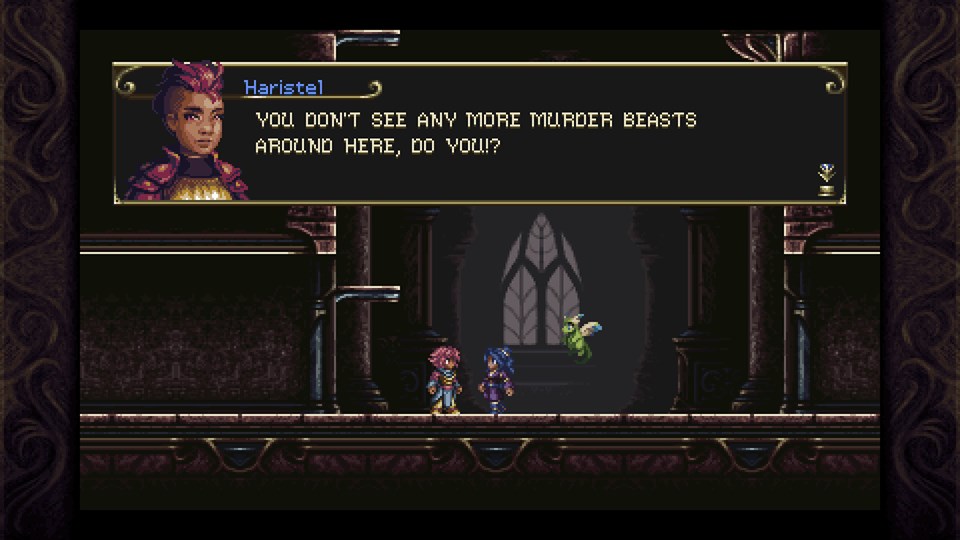
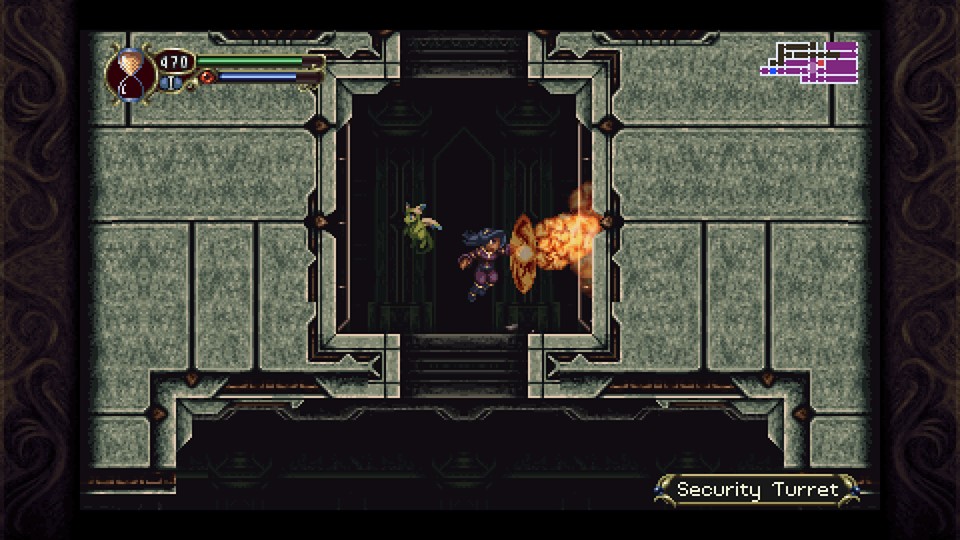
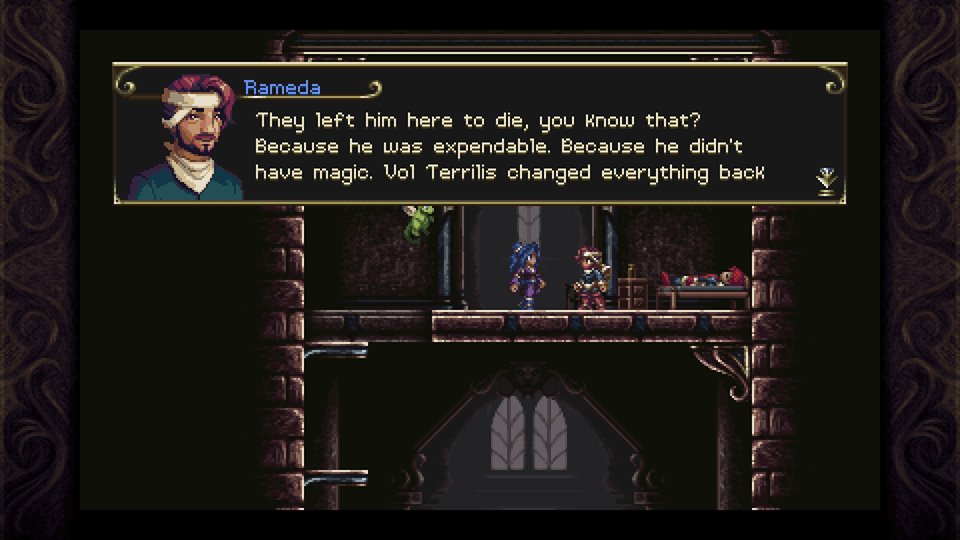

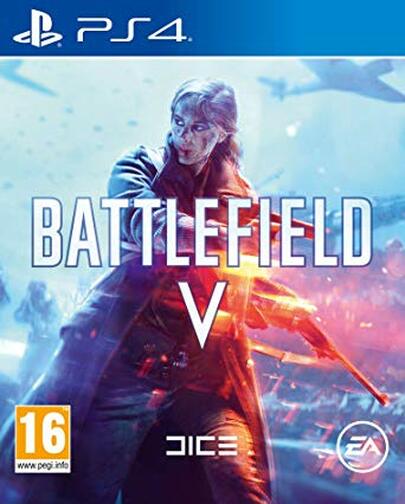
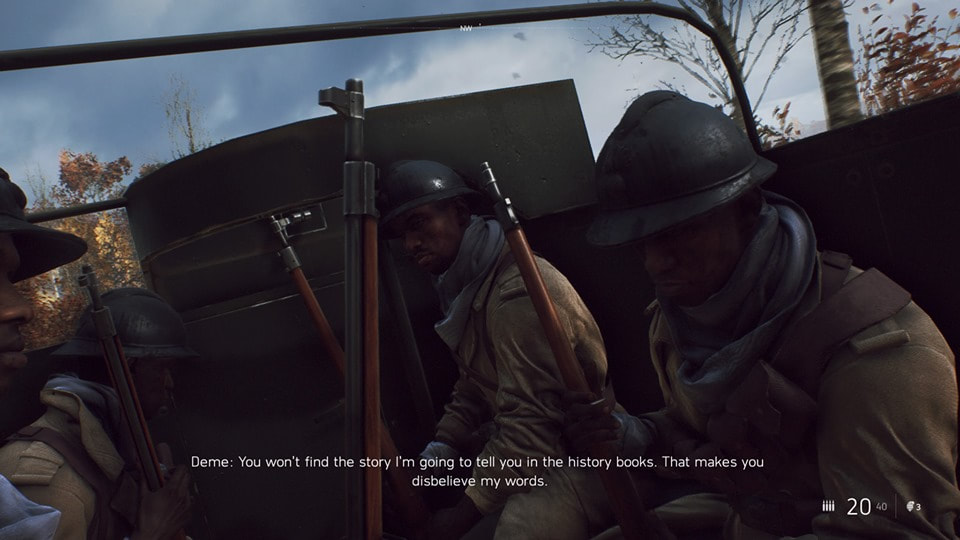
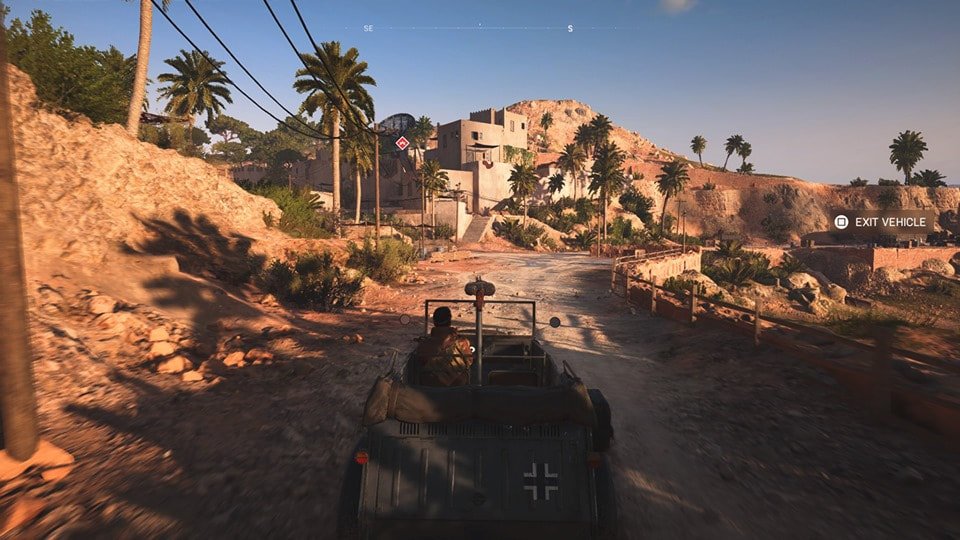
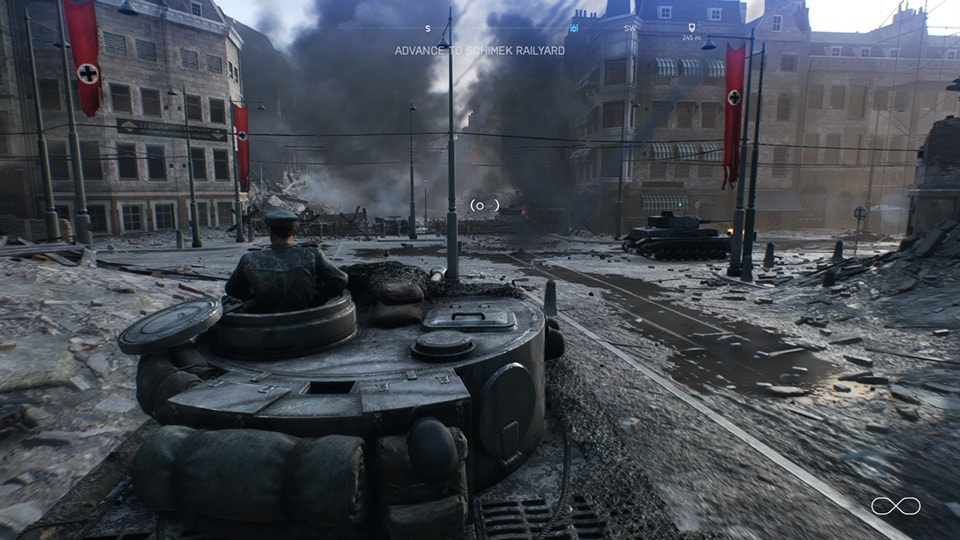
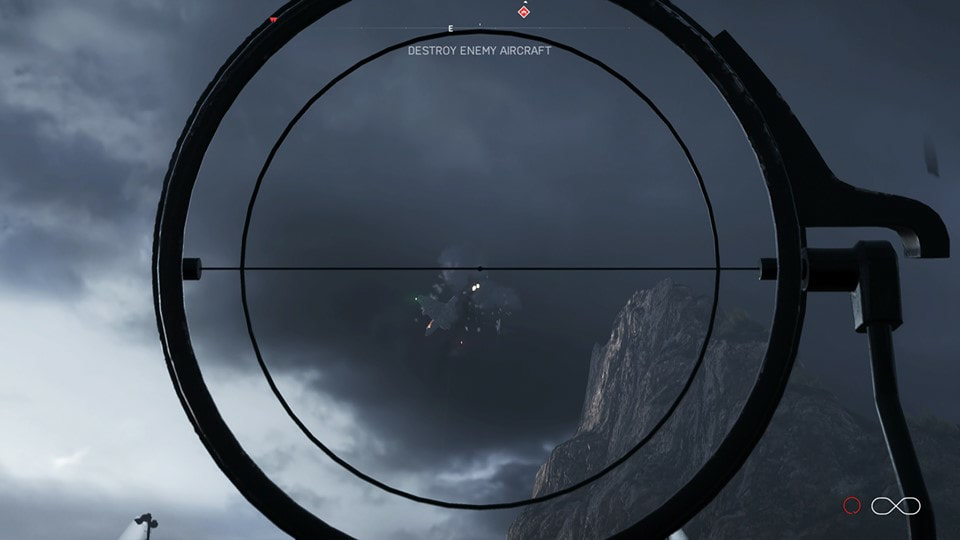

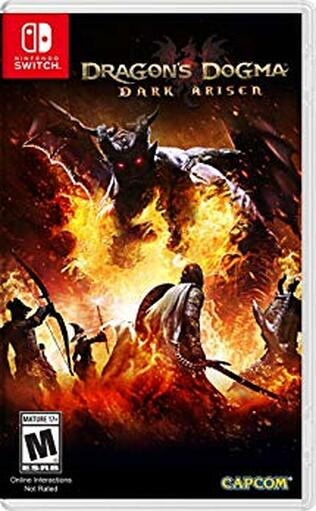
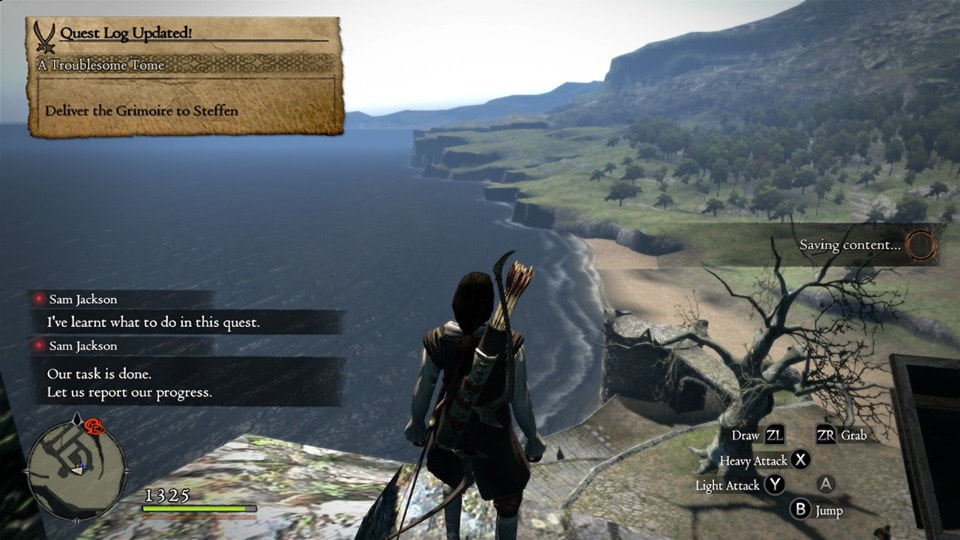
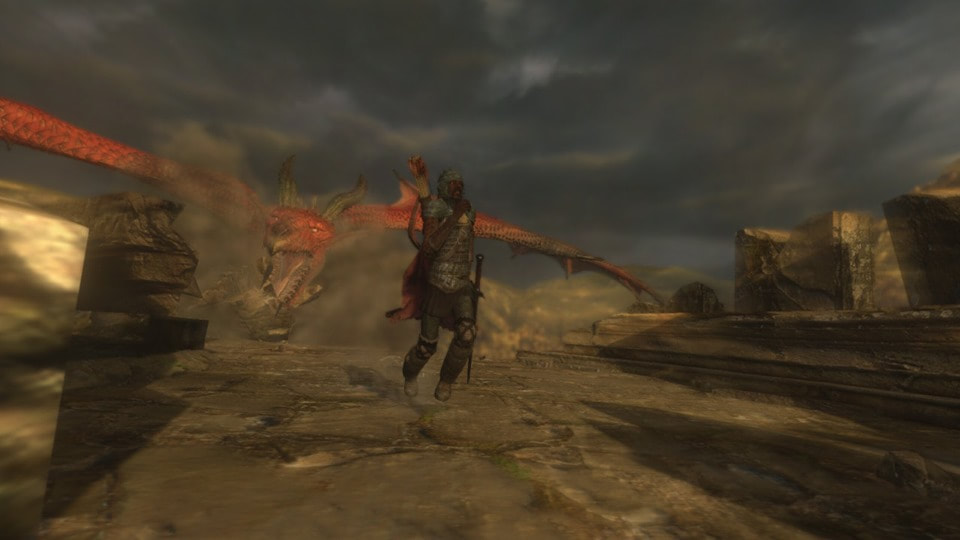
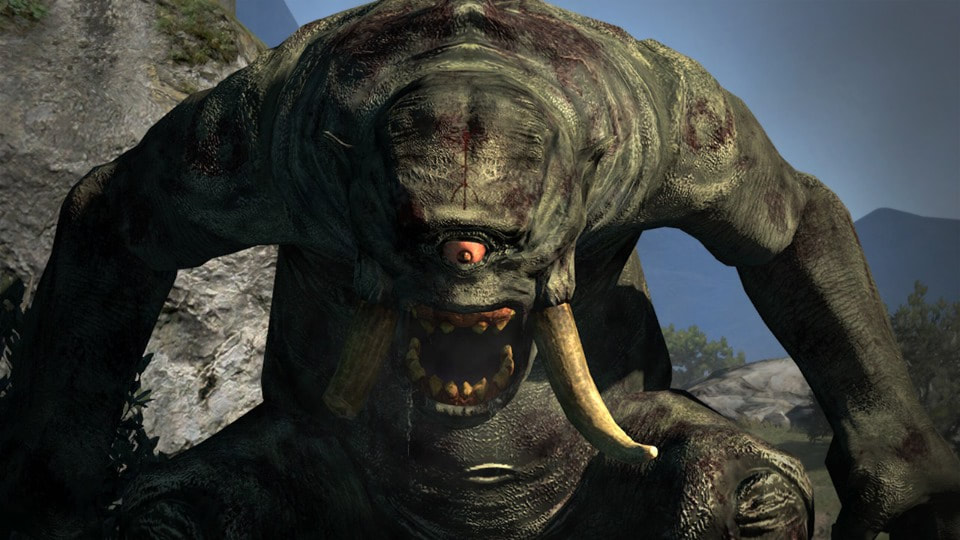

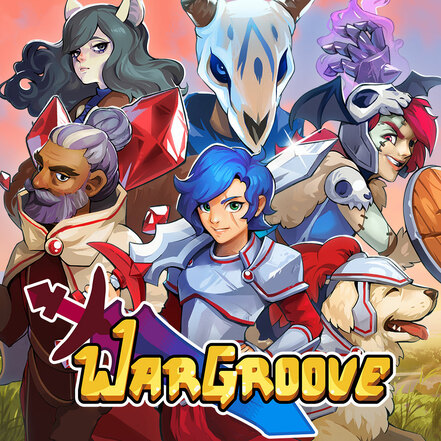
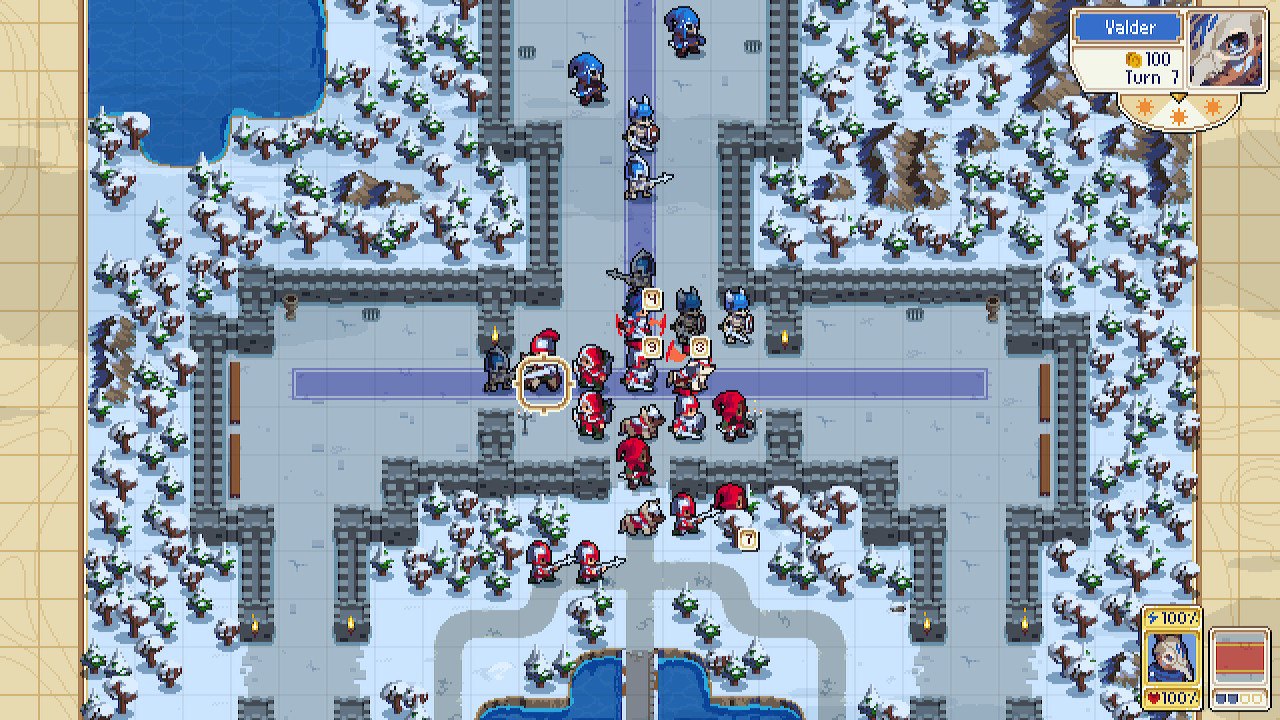
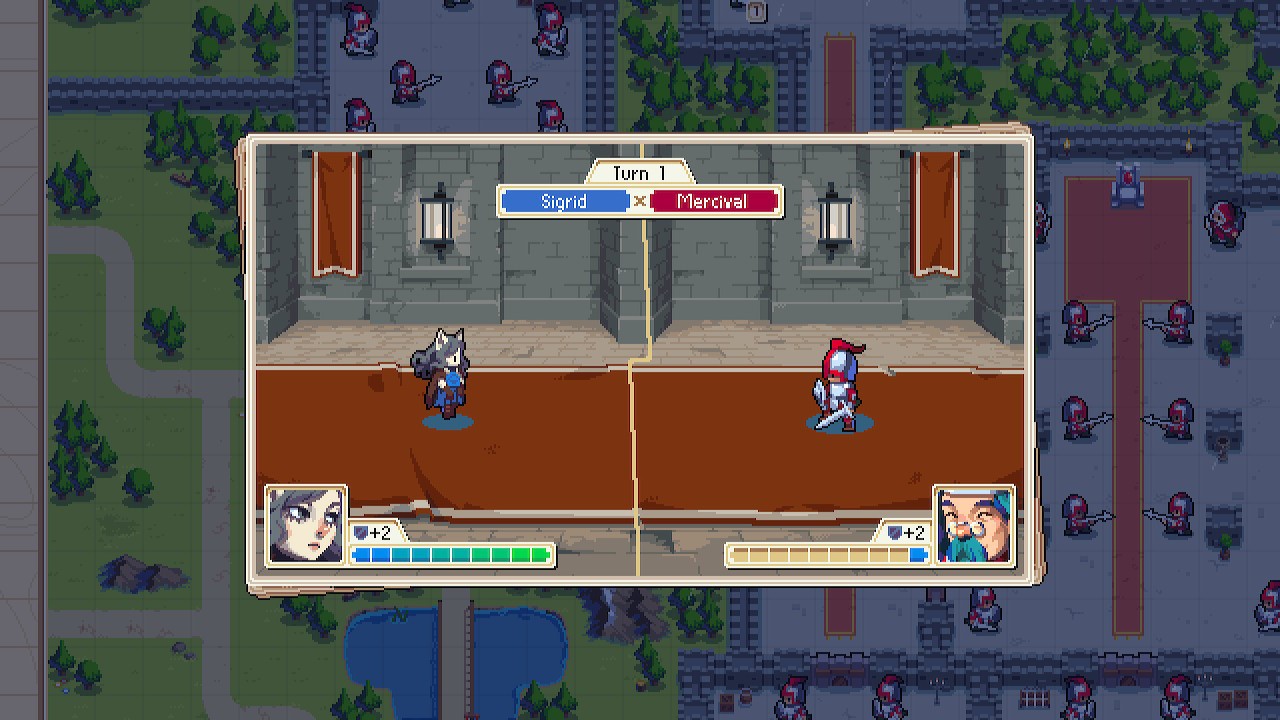
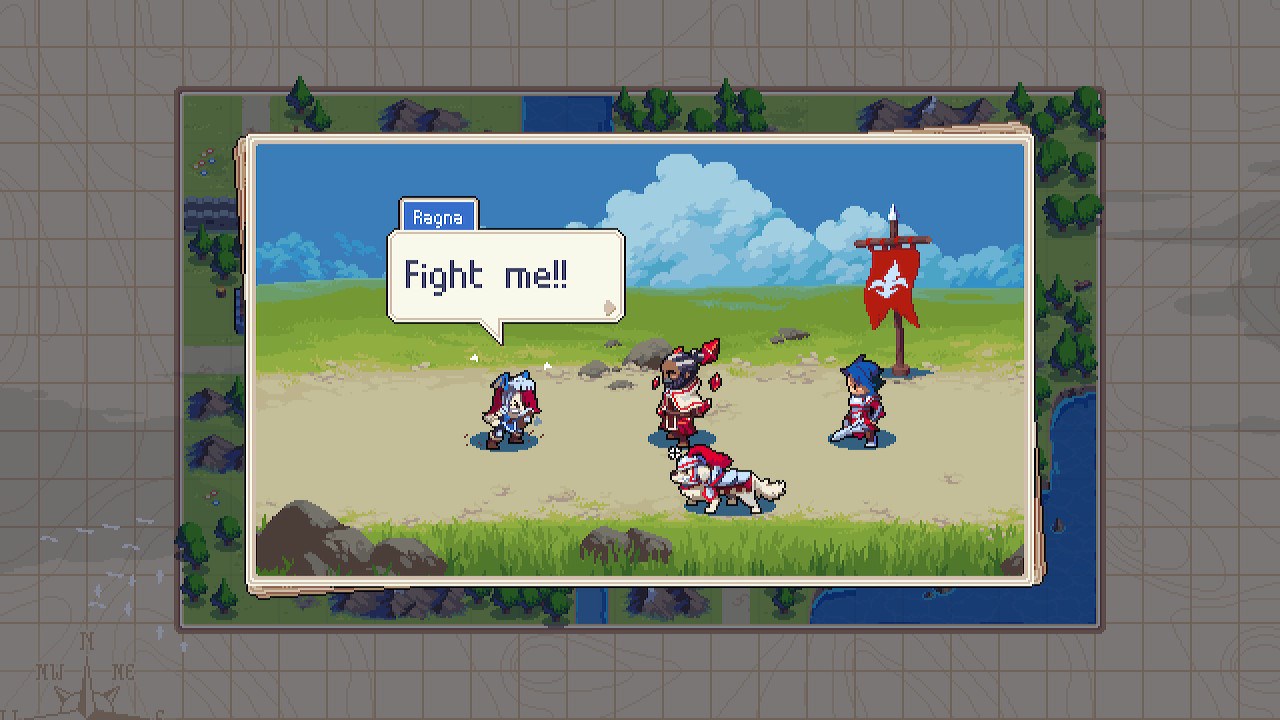
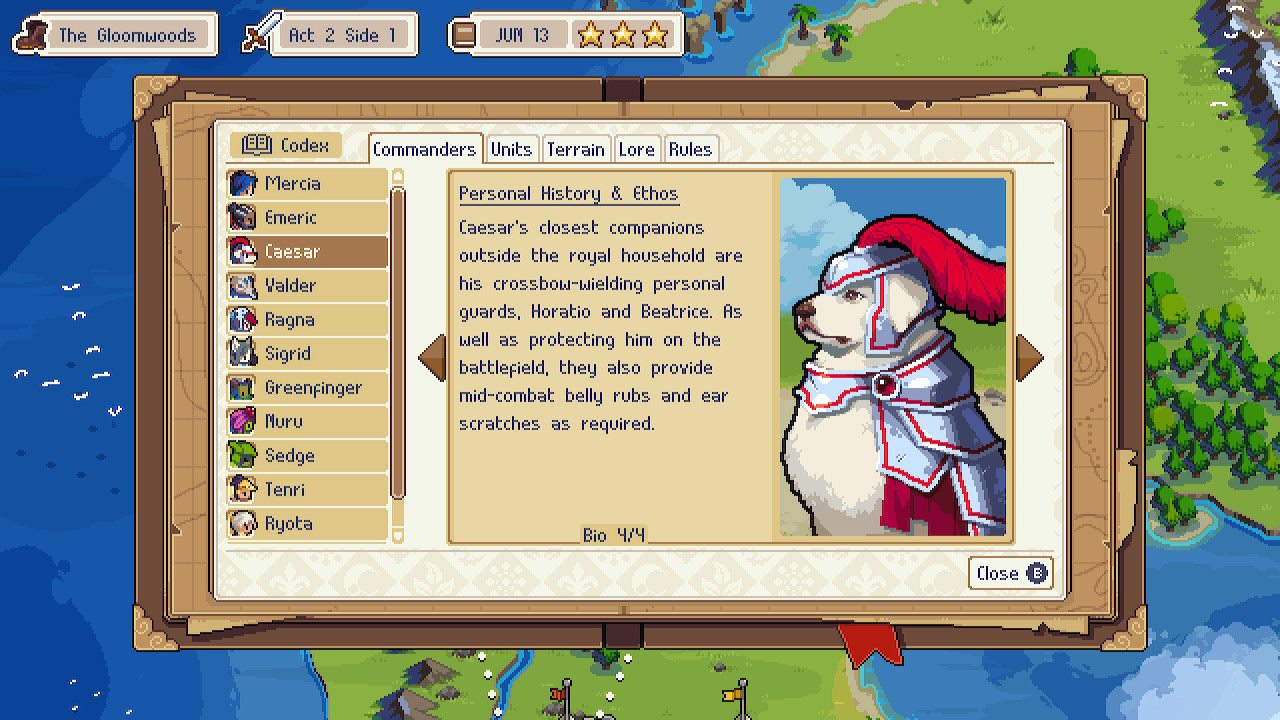

 RSS Feed
RSS Feed
